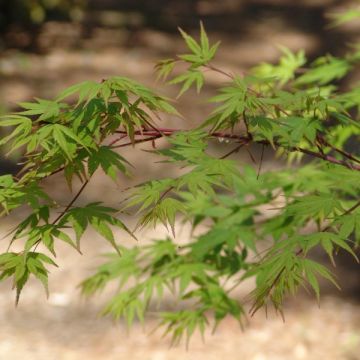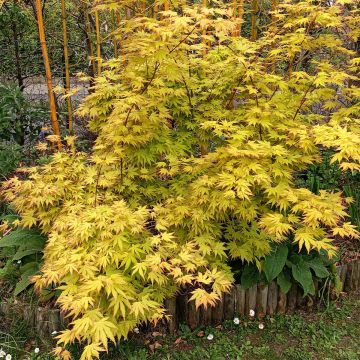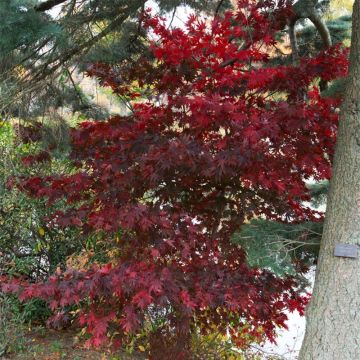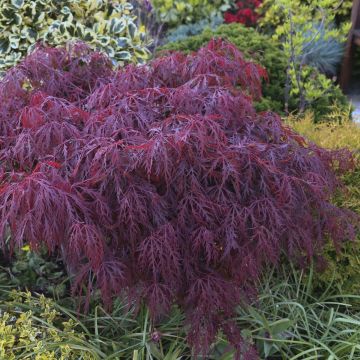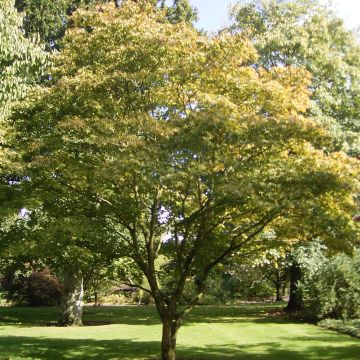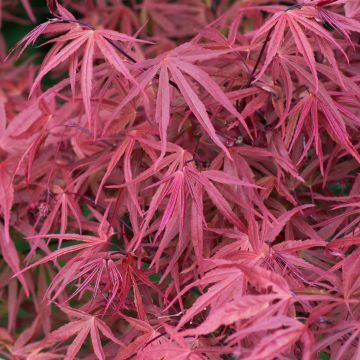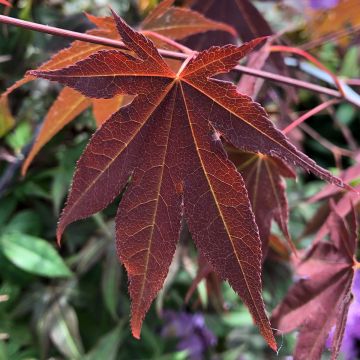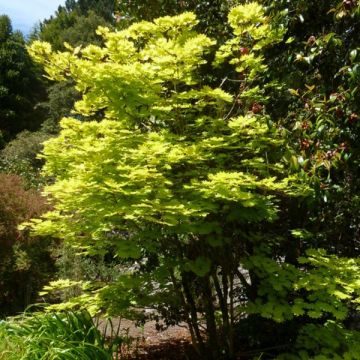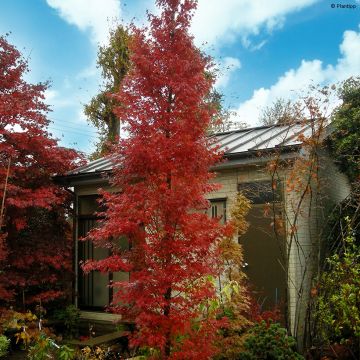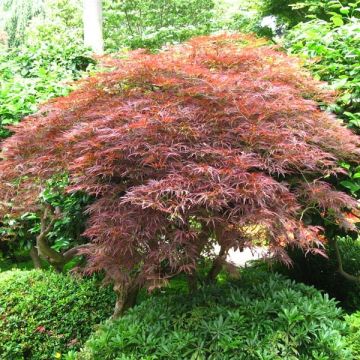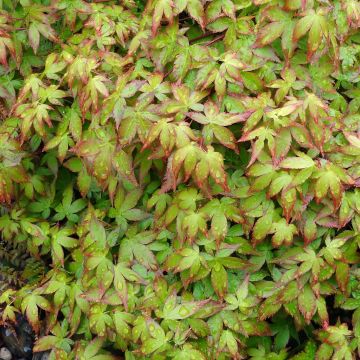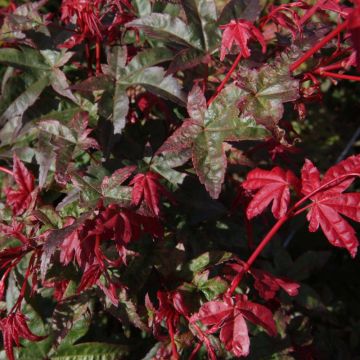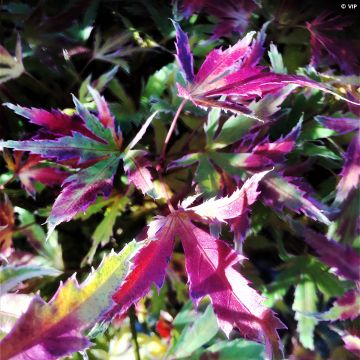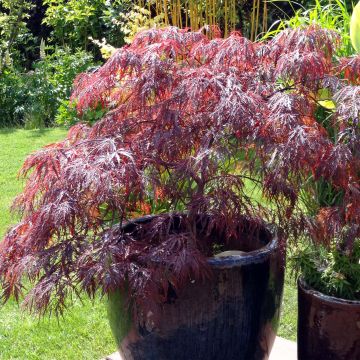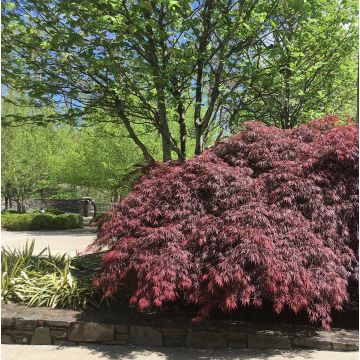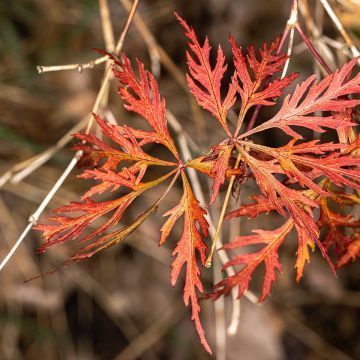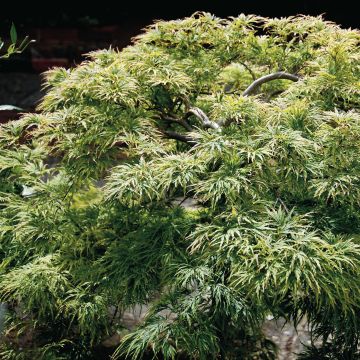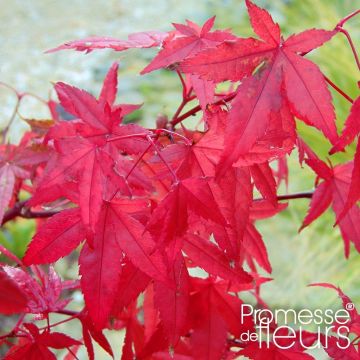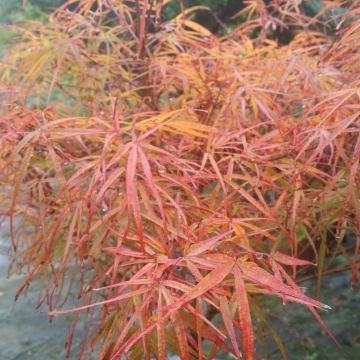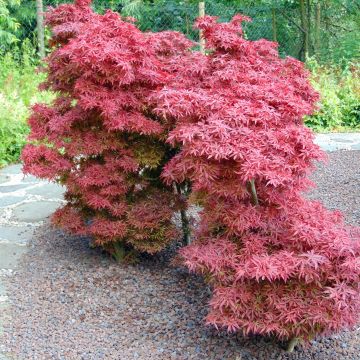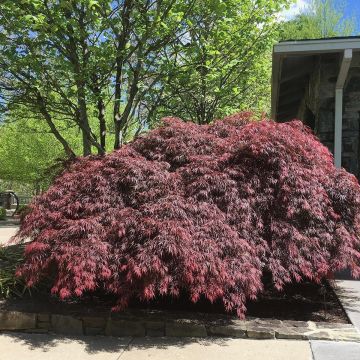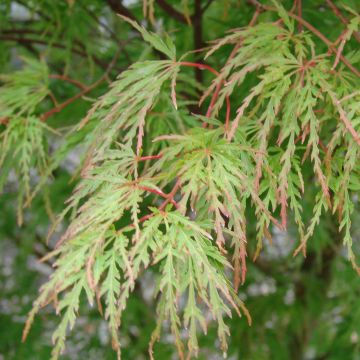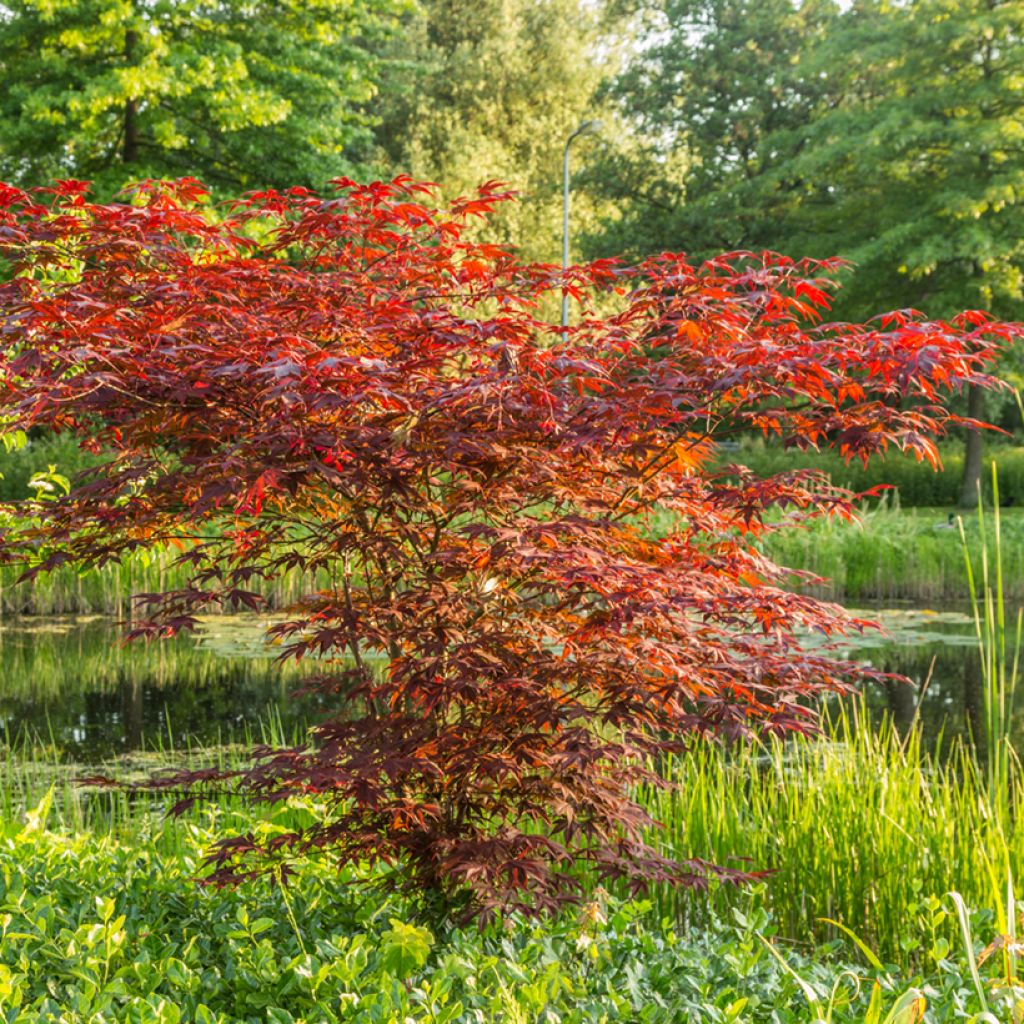

Japanese Maple seeds - Acer palmatum Atropurpureum
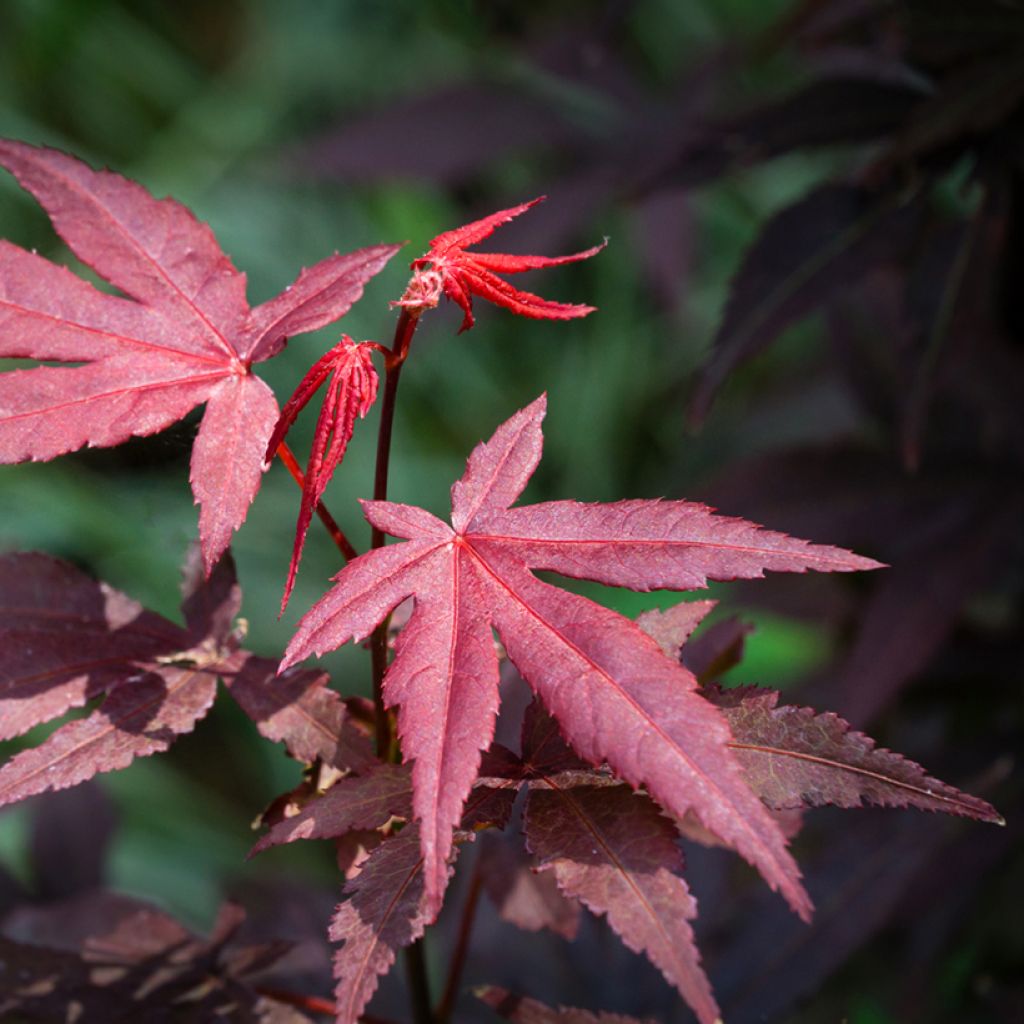

Japanese Maple seeds - Acer palmatum Atropurpureum
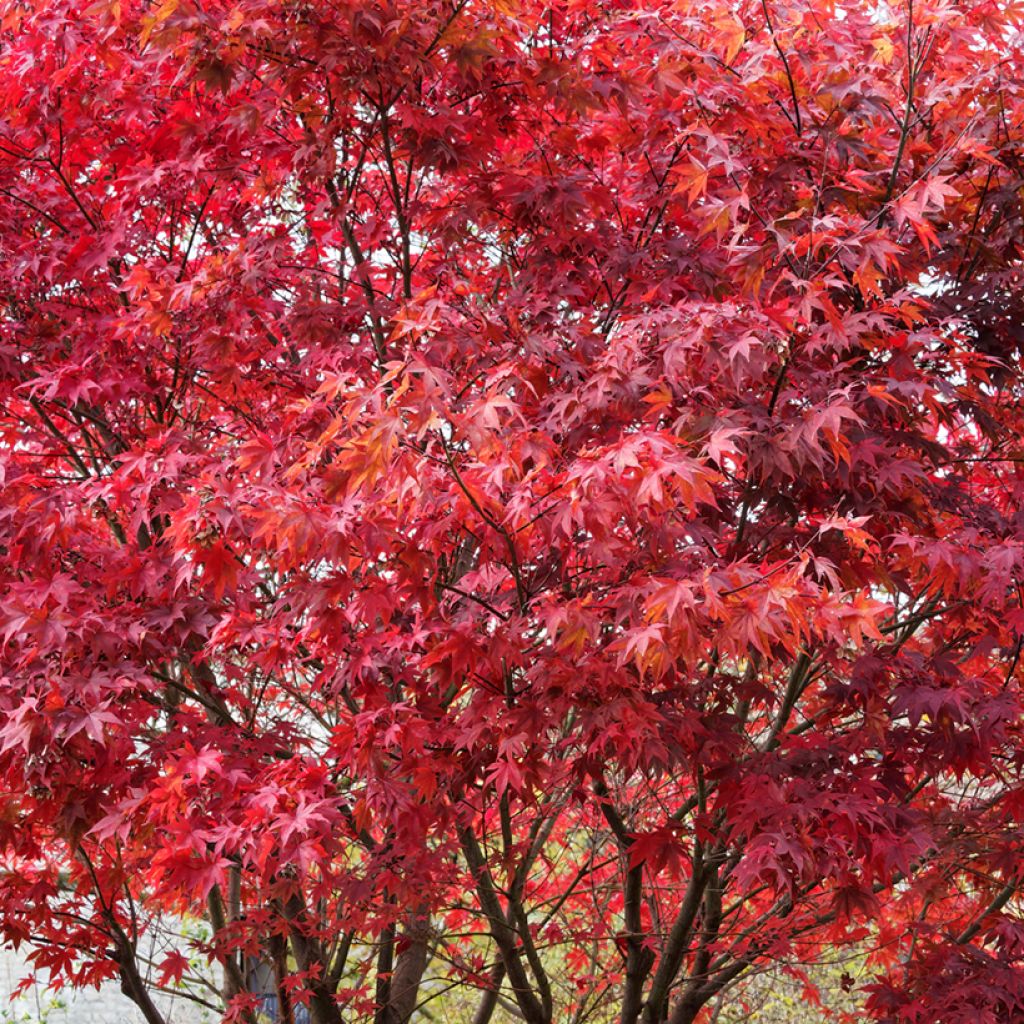

Japanese Maple seeds - Acer palmatum Atropurpureum
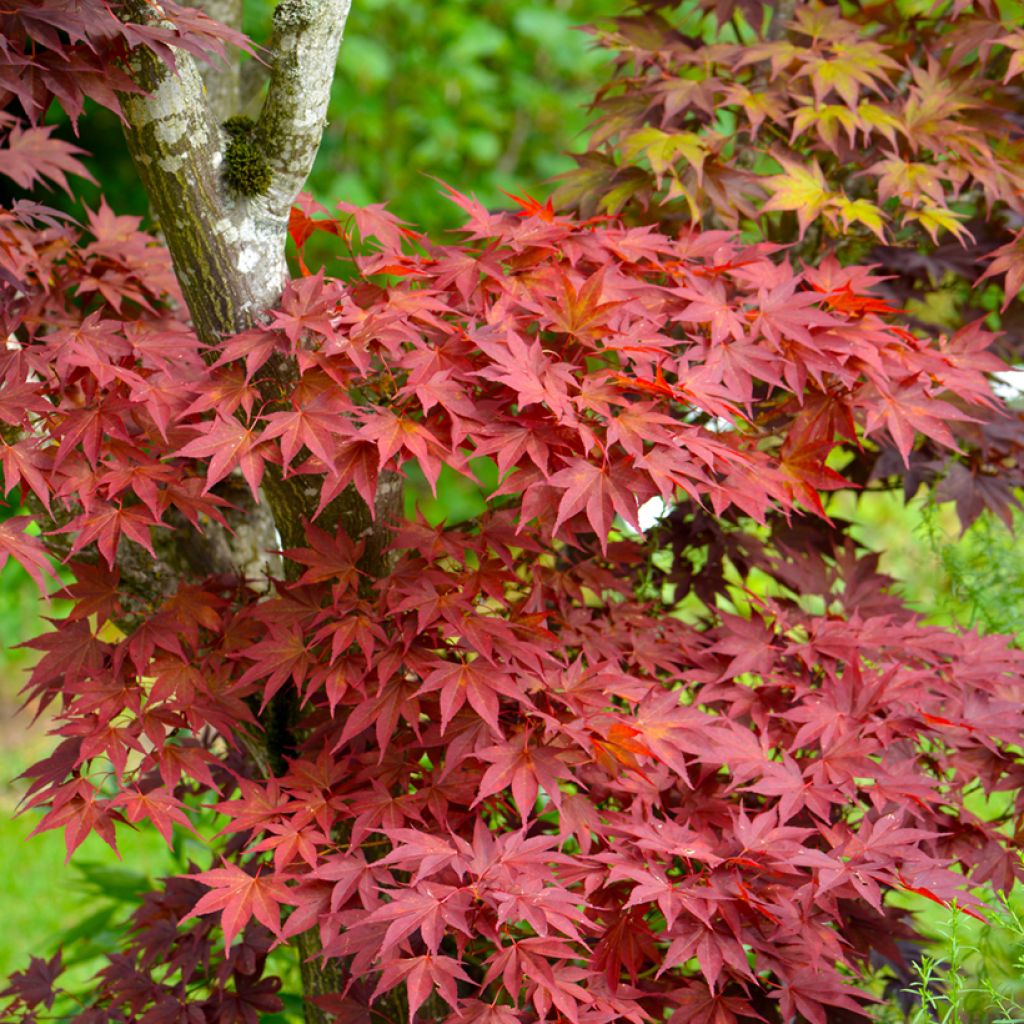

Japanese Maple seeds - Acer palmatum Atropurpureum
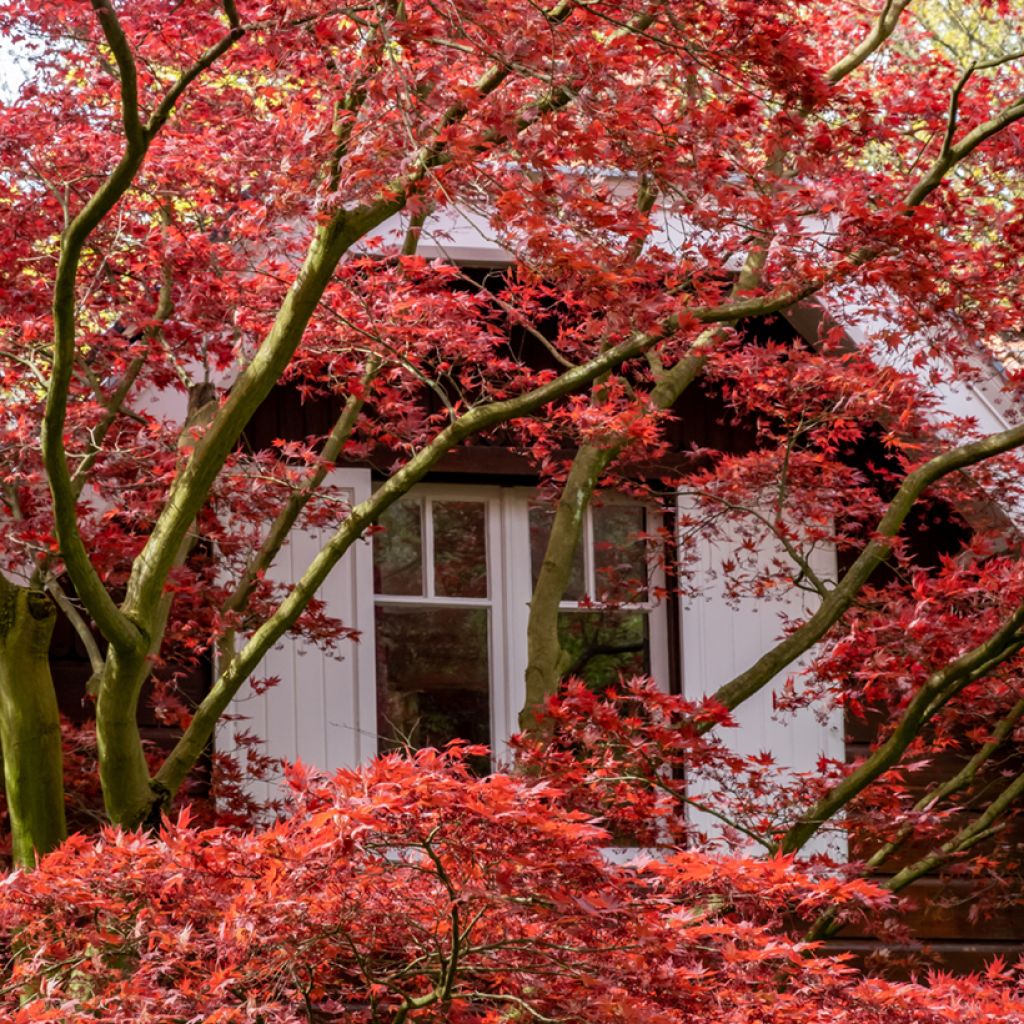

Japanese Maple seeds - Acer palmatum Atropurpureum
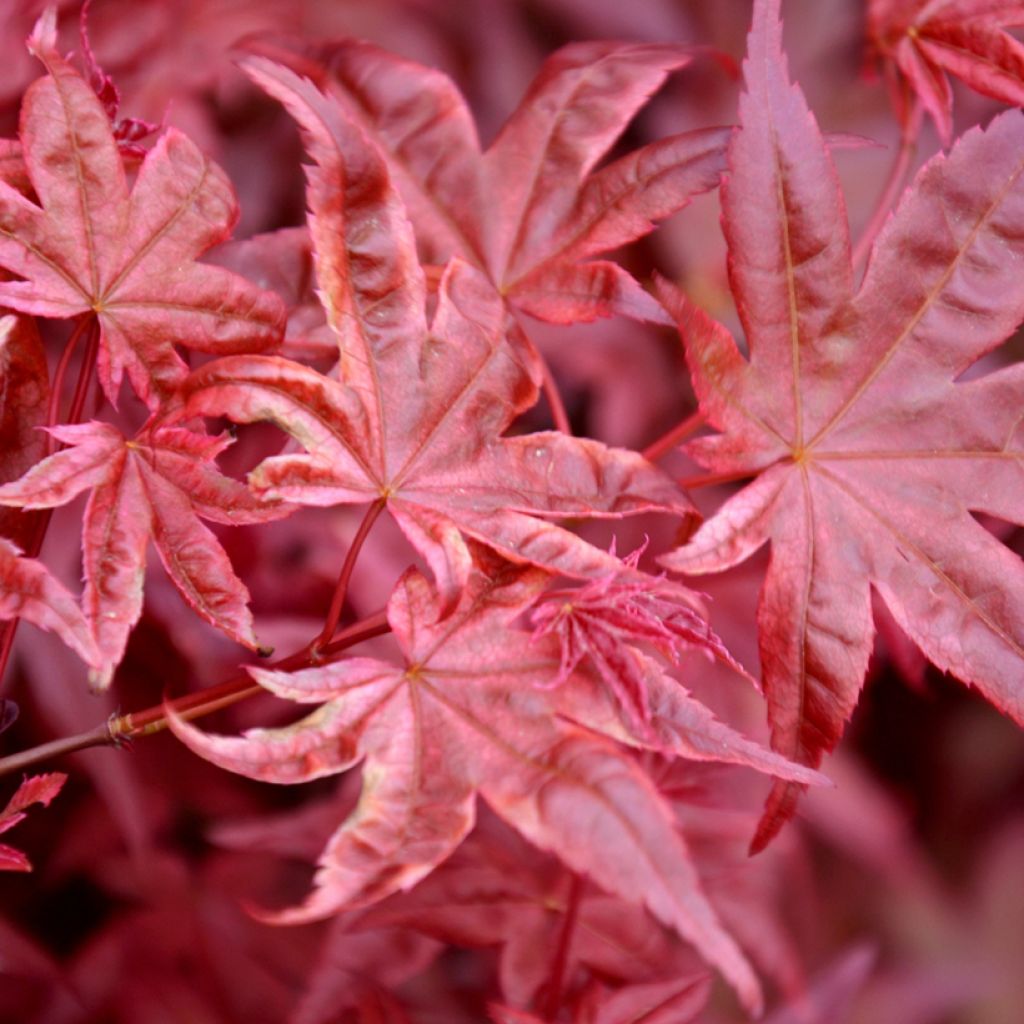

Japanese Maple seeds - Acer palmatum Atropurpureum
Japanese Maple seeds - Acer palmatum Atropurpureum
Acer palmatum Atropurpureum
Japanese Maple, Palmate Maple
Why not try an alternative variety in stock?
View all →This plant carries a 6 months recovery warranty
More information
We guarantee the quality of our plants for a full growing cycle, and will replace at our expense any plant that fails to recover under normal climatic and planting conditions.
From €5.90 for pickup delivery and €6.90 for home delivery
Express home delivery from €8.90.
Delivery to Corse prohibited: UE law prohibits the import of this plant from mainland France to Corse as part of the fight against Xylella fastidiosa. Please accept our sincere apologies.
More information
Does this plant fit my garden?
Set up your Plantfit profile →
Description
Japanese Maple or Acer palmatum 'Atropurpureum', also known as Palmate Maple, is a deciduous small tree with a compact and rounded habit that provides dappled shade, delicately filtering the sun's rays through its foliage. The leaves, ranging from purple tinged with green or brown in spring, turn into a brilliant red in autumn. Its venerable and sometimes twisted silhouette gives each tree a unique personality, ideal for bonsai cultivation or as a standalone specimen. This species requires a shaded exposure and protection from the wind, as well as moist, well-drained, humus-bearing soil, while avoiding chalky soils.
Native to eastern China, Korea, and Japan, Acer palmatum is a small tree belonging to the Sapindaceae family. 'Atropurpureum' displays a compact, rounded habit with low, strong, sinuate branches. It reaches a mature size of about 3 to 4 m in height and spread, with a rather slow growth rate. Its young branches feature a reddish-brown bark. Its foliage, composed of leaves divided into five to nine dentate lobes, changes throughout the seasons. It remains purple throughout summer, then turns into a brilliant red in autumn. Winter reveals its branches covered in dark bark. The tiny reddish flowers grouped in small clusters in April are insignificant, but the 3cm long red fruits with curved wings are decorative. They are called samaras.
The 'Atropurpureum' Japanese Maple, with its venerable and graceful habit, is perfect for enhancing a small urban garden or a contemporary lawn. It is an ideal choice for Oriental or Japanese-inspired settings, as well as for those interested in bonsai art. Small specimens blend harmoniously with Japanese azaleas and ferns, sharing the same cultivation requirements. In a woodland setting, the Japanese Maple pairs well with rhododendrons, softening their massive presence while enhancing their flowering. Larger specimens find a place in the background of ericaceous soil beds, where their dappled shade benefits pieris, azaleas, and rhododendrons. At the base of the tree, a carpet of bluebells and corydalis provides a spectacular spring scene.
Report an error about the product description
Japanese Maple seeds - Acer palmatum Atropurpureum in pictures


Flowering
Foliage
Plant habit
Botanical data
Acer
palmatum
Atropurpureum
Sapindaceae
Japanese Maple, Palmate Maple
Cultivar or hybrid
Other Japanese Maples
Planting and care
Sow the seeds of Acer palmatum Atropurpureum at any time of the year.
In spring:
Sow the seeds in trays, pots, etc. in seed compost placed in a propagator or a warm place to maintain an optimal temperature of 18 to 20 °C. Press the seeds 6 mm deep.
For the rest of the year:
After sowing, enclose the pots and trays inside a polythene bag to ensure a humid atmosphere. Maintain at 20-25 °C for 6 weeks, then place the seedlings in the refrigerator for 8 weeks. After that, gradually increase the temperature to 13°C.
Transplant the young plants when they are large enough to handle into 8 cm diameter pots. Place them under a cold frame and set them outside in the spring or autumn following in a sheltered area of the garden. Let them grow for 1 to 3 years before transplanting them to their final location, in a slightly shaded area, sheltered from strong winds, in moist, well-drained, limestone-free soil.
Sowing period
Intended location
This item has not been reviewed yet - be the first to leave a review about it.
Haven't found what you were looking for?
Hardiness is the lowest winter temperature a plant can endure without suffering serious damage or even dying. However, hardiness is affected by location (a sheltered area, such as a patio), protection (winter cover) and soil type (hardiness is improved by well-drained soil).

Photo Sharing Terms & Conditions
In order to encourage gardeners to interact and share their experiences, Promesse de fleurs offers various media enabling content to be uploaded onto its Site - in particular via the ‘Photo sharing’ module.
The User agrees to refrain from:
- Posting any content that is illegal, prejudicial, insulting, racist, inciteful to hatred, revisionist, contrary to public decency, that infringes on privacy or on the privacy rights of third parties, in particular the publicity rights of persons and goods, intellectual property rights, or the right to privacy.
- Submitting content on behalf of a third party;
- Impersonate the identity of a third party and/or publish any personal information about a third party;
In general, the User undertakes to refrain from any unethical behaviour.
All Content (in particular text, comments, files, images, photos, videos, creative works, etc.), which may be subject to property or intellectual property rights, image or other private rights, shall remain the property of the User, subject to the limited rights granted by the terms of the licence granted by Promesse de fleurs as stated below. Users are at liberty to publish or not to publish such Content on the Site, notably via the ‘Photo Sharing’ facility, and accept that this Content shall be made public and freely accessible, notably on the Internet.
Users further acknowledge, undertake to have ,and guarantee that they hold all necessary rights and permissions to publish such material on the Site, in particular with regard to the legislation in force pertaining to any privacy, property, intellectual property, image, or contractual rights, or rights of any other nature. By publishing such Content on the Site, Users acknowledge accepting full liability as publishers of the Content within the meaning of the law, and grant Promesse de fleurs, free of charge, an inclusive, worldwide licence for the said Content for the entire duration of its publication, including all reproduction, representation, up/downloading, displaying, performing, transmission, and storage rights.
Users also grant permission for their name to be linked to the Content and accept that this link may not always be made available.
By engaging in posting material, Users consent to their Content becoming automatically accessible on the Internet, in particular on other sites and/or blogs and/or web pages of the Promesse de fleurs site, including in particular social pages and the Promesse de fleurs catalogue.
Users may secure the removal of entrusted content free of charge by issuing a simple request via our contact form.
The flowering period indicated on our website applies to countries and regions located in USDA zone 8 (France, the United Kingdom, Ireland, the Netherlands, etc.)
It will vary according to where you live:
- In zones 9 to 10 (Italy, Spain, Greece, etc.), flowering will occur about 2 to 4 weeks earlier.
- In zones 6 to 7 (Germany, Poland, Slovenia, and lower mountainous regions), flowering will be delayed by 2 to 3 weeks.
- In zone 5 (Central Europe, Scandinavia), blooming will be delayed by 3 to 5 weeks.
In temperate climates, pruning of spring-flowering shrubs (forsythia, spireas, etc.) should be done just after flowering.
Pruning of summer-flowering shrubs (Indian Lilac, Perovskia, etc.) can be done in winter or spring.
In cold regions as well as with frost-sensitive plants, avoid pruning too early when severe frosts may still occur.
The planting period indicated on our website applies to countries and regions located in USDA zone 8 (France, United Kingdom, Ireland, Netherlands).
It will vary according to where you live:
- In Mediterranean zones (Marseille, Madrid, Milan, etc.), autumn and winter are the best planting periods.
- In continental zones (Strasbourg, Munich, Vienna, etc.), delay planting by 2 to 3 weeks in spring and bring it forward by 2 to 4 weeks in autumn.
- In mountainous regions (the Alps, Pyrenees, Carpathians, etc.), it is best to plant in late spring (May-June) or late summer (August-September).
The harvesting period indicated on our website applies to countries and regions in USDA zone 8 (France, England, Ireland, the Netherlands).
In colder areas (Scandinavia, Poland, Austria...) fruit and vegetable harvests are likely to be delayed by 3-4 weeks.
In warmer areas (Italy, Spain, Greece, etc.), harvesting will probably take place earlier, depending on weather conditions.
The sowing periods indicated on our website apply to countries and regions within USDA Zone 8 (France, UK, Ireland, Netherlands).
In colder areas (Scandinavia, Poland, Austria...), delay any outdoor sowing by 3-4 weeks, or sow under glass.
In warmer climes (Italy, Spain, Greece, etc.), bring outdoor sowing forward by a few weeks.

































